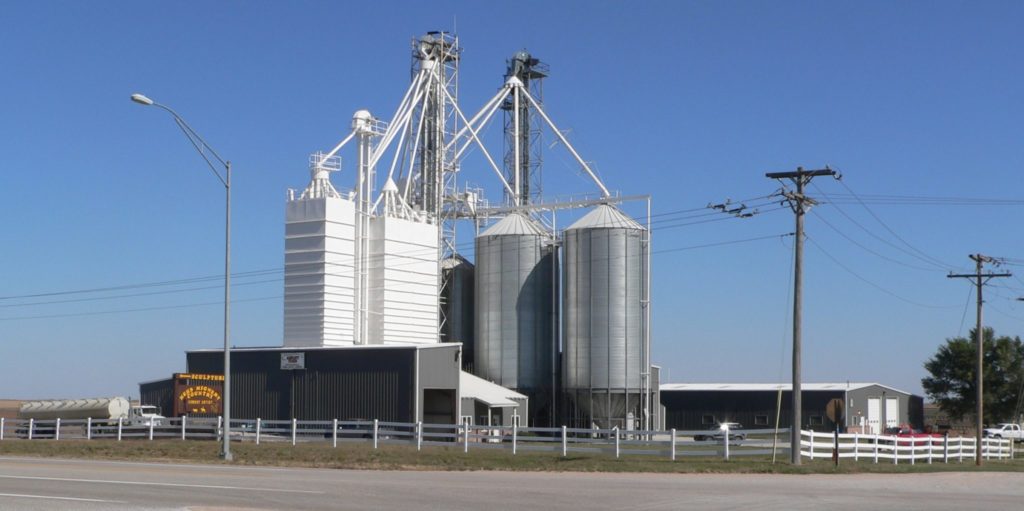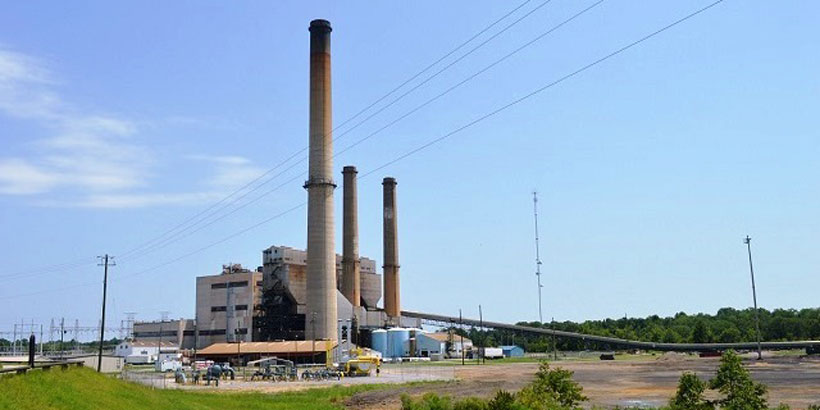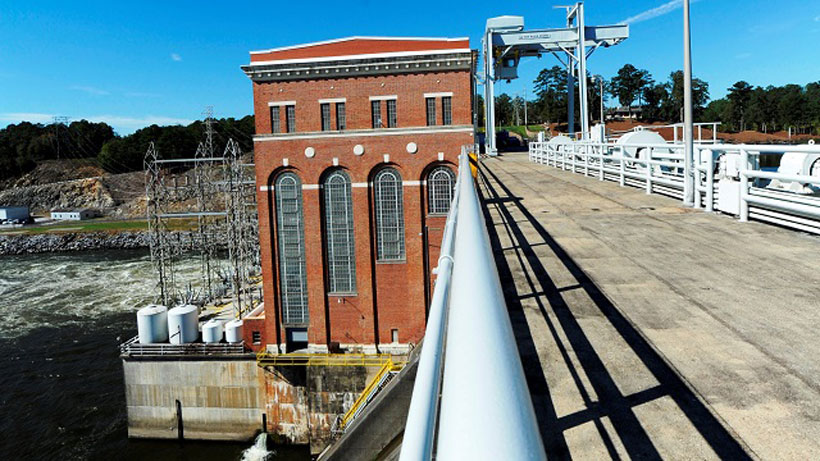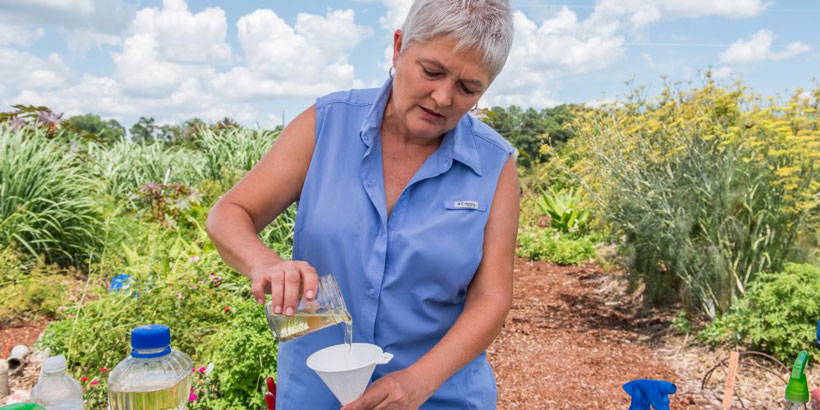
It is Alabama’s oldest industry and, by some measures, it is still the largest commerce sector in the state. In these days of advanced auto manufacturing and Google data centers, agribusiness should not be overlooked, officials say.
Agribusiness was one of the focus areas of the Economic Development Association of Alabama’s summer conference and remains a part of Accelerate Alabama, the Alabama Department of Commerce’s economic development plan.
Gary Lemme, director of the Alabama Cooperative Extension System, was among the panelists at the EDAA conference and said economic developers shouldn’t forget about an industry that is literally homegrown.
“Our farmers are job creators in our state and in your communities,” he said.
While Alabama does well in some industries such as poultry, Lemme said there are growth opportunities in other areas.
For instance, Lemme said all of the corn grown in Alabama each year would provide enough feed for Alabama chickens to last almost three days. Chicken farmers are importing grains from places like the Midwest for feed.
John McMillan, commissioner of the Alabama Department of Agriculture & Industries, also was on the EDAA panel. He said agriculture can grow in various ways throughout the state, not just in rural areas.
McMillan said there are examples of farmers converting vacant big-box retail spaces into large greenhouses to produce herbs, fruits and vegetables on a large enough scale to be profitable. There are opportunities for co-ops and shared farming in some communities and other opportunities for Alabama as states like California lose crops due to droughts.
McMillan delivered a report to Gov. Robert Bentley in February that highlighted the importance of agribusiness based on a 2013 Auburn University/Alabama Cooperative Extension System economic impact study commissioned by the Alabama Agribusiness Council. Titled the “Strategic Plan to Grow Alabama’s Agriculture, Agribusiness, Forestry, and Forest Products Industry,” the report identified initiatives for the industry.
The report also found agriculture, agribusiness, forestry and forest products industries combined contribute $70.4 billion to the state’s gross domestic product – or about 40 percent of Alabama’s economic output – and employ nearly 600,000 workers.
Forestry and forest products are the state’s second largest industry next to automotive, Tom Saunders, staff liaison for the Alabama Forestry Association, told the EDAA conference.
Saunders said forestry has a $21 billion economic impact, making up 9 percent of the state’s GDP and 12.3 percent of all manufacturing in Alabama.
Saunders said Alabama is second largest state in pulp production and third largest in producing paper.
Additionally, Saunders said forestry in Alabama has accounted for:
– $8 billion capital investment over past 20 years,
– An annual payroll of $2.3 billion,
– 17 pulp and paper mills,
– 126 lumber and plywood mills,
– 500 secondary wood products manufacturers producing flooring, cabinets, furniture, and other value-added products.
Saunders said forestry is the largest use of land in Alabama, with 22 million acres, or 70 percent of the state, covered in timber. Alabama has the second largest commercial timberland acreage in the U.S., growing by 1.4 million over the past three decades.
The biggest challenge facing the industry is workforce, Saunders said. He said there are initiatives in public schools in the Alabama Black Belt and with the state’s AIDT workforce training program to boost the number of people interested in forestry jobs.
The greatest need is for loggers, Saunders said. New plants are looking at the state for projects and are starting to raise concerns about having enough trained loggers, he said.










